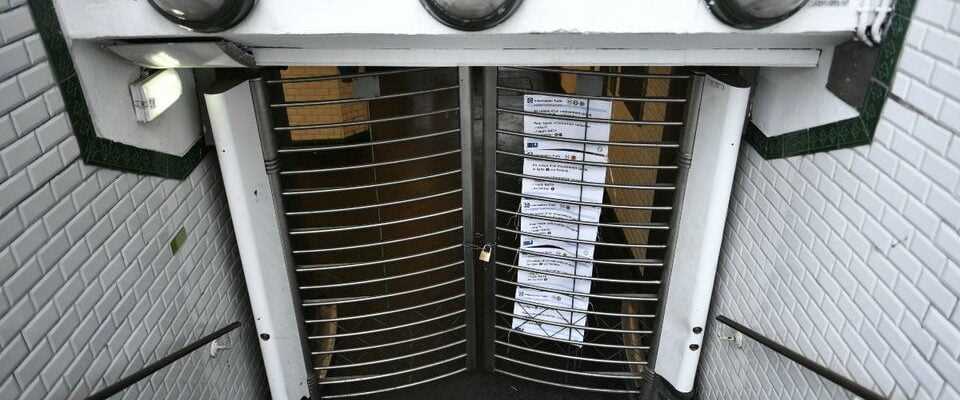A situation that has become “unsustainable”. While many drug addicts vegetate around and in the Porte de la Villette metro station, on line 7, the RATP agents who work there are now threatening to exercise their “right of withdrawal”. They plan to close the station altogether, if their safety in the face of the violence of these people in great disinheritance is not guaranteed.
RATP agents report a daily life that they consider “hellish”, made up of verbal and physical attacks, excrement on the platforms, sexual relations in the corridors or even scenes of consumption in the station. Worse, they count up to 23 intrusions on the tracks in just two months.
“Travel spaces are invaded by drug addicts and dealers, making everyone’s daily life hellish,” explains the UNSA-RATP union in a press release. The organization evokes a “growing insecurity” which leads to particularly “difficult” working conditions for agents in the field.
— UNSA-RATP POLE SEM CML (@RatpCml) February 24, 2022
Received by the RATP and by Île-de-France Mobilités (IDFM), the union now calls on the Paris police headquarters – described as a “missing actor” in this file – to act on the ground. “If nothing changes quickly, the UNSA-RATP will support all employees in exercising their right of withdrawal and will demand the closure of the station”, he warns, while a meeting with the social and economic committee of the RATP is scheduled for Tuesday, March 8 on this subject.
“A specific device deployed” in the station
Difficulties that the RATP does not deny, which even claims to be “fully aware of the concern generated by this situation” and underlines its “priority to ensure the safety of its travelers and its agents”. Faced with the problem, the Autonomous Region of Parisian Transport (RATP) ensures that it carries out several “safe and preventive” actions in order to “increase the police presence”, “fight against drug trafficking” and finally, “take care of drug addicts” .
In addition, “a specific device has been deployed” in the station, advances the RATP, which specifies that this device results in particular “in an increase in the number of “GPSR” agents” (“RATP Security”), whose presence is supposed to “deter incivility and reassure travelers”. At the same time, private security agents have also been deployed in the field, while the social collection “frequently intervenes to take care of fragile populations”.
For its part, IDFM recalled its “objective of adding 1,000 additional agents for security in public transport” throughout the Ile-de-France region, while stressing that security is not normally a skill. which is assigned to him. However, discussions are “currently underway” to determine whether this security reinforcement will materialize in new GPSR agents, private agents or dog handlers, we confide at IDFM.
And to add: “there will be many additional teams but it will be up to the security teams of the RATP part to manage them and put them where they are needed”. Explaining that the subject is indeed “very complicated”, IDFM hopes that the start-up “in the coming months” of the operational security coordination center (CCOS), placed under the aegis of the Paris police headquarters, will allow “good coordination between the various security services” deployed in Ile-de-France public transport.
As a reminder, the project to create a single command center – described as a “security PC” by the president of the region and Ile-de-France Mobilités Valérie Pécresse – was launched in 2017, for a start-up initially planned for 2019. But lagged behind.
“The building is finished, the center should be inaugurated after the presidential election,” we promise at IDFM. Eventually, it should make it possible to jointly deal with incidents in the field, whether they occur on the RATP network or that of the SNCF.
